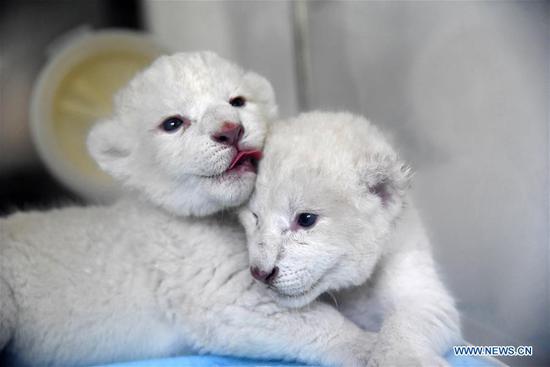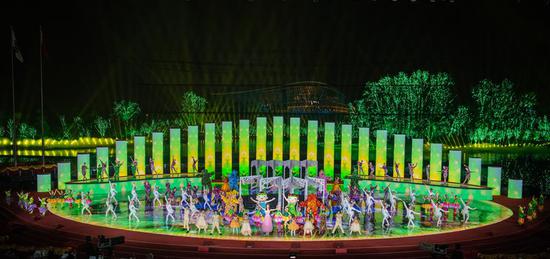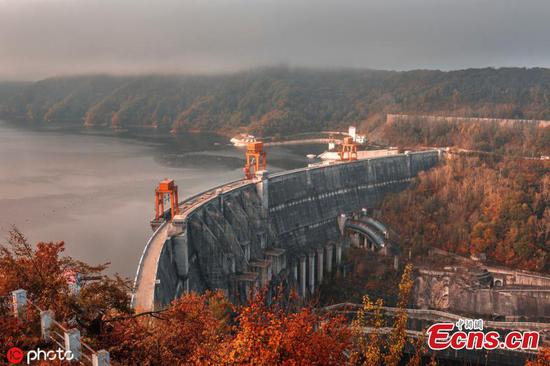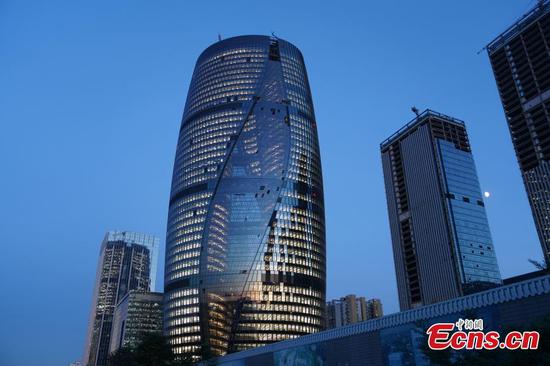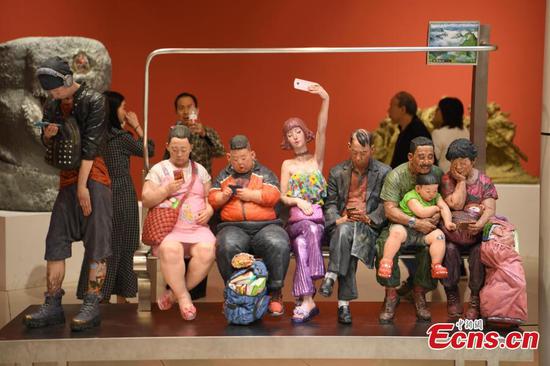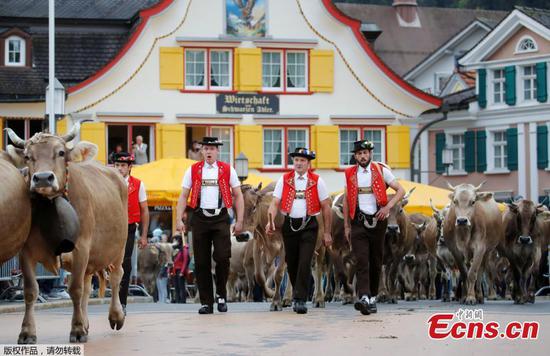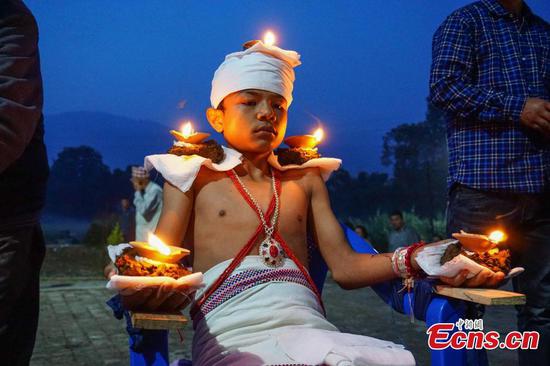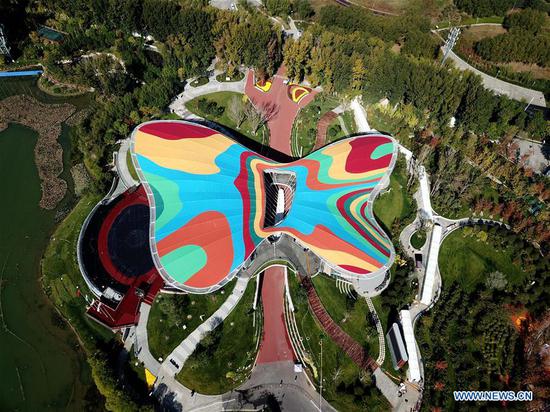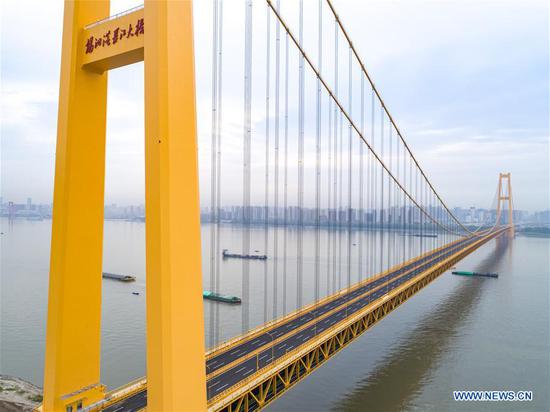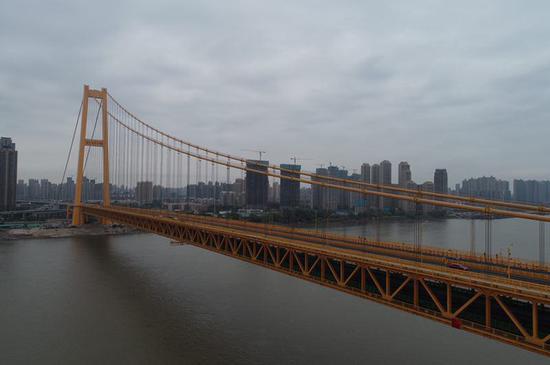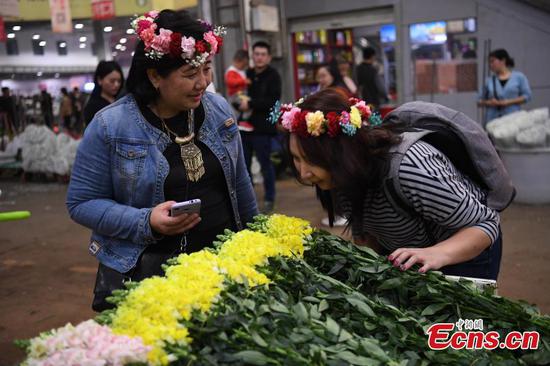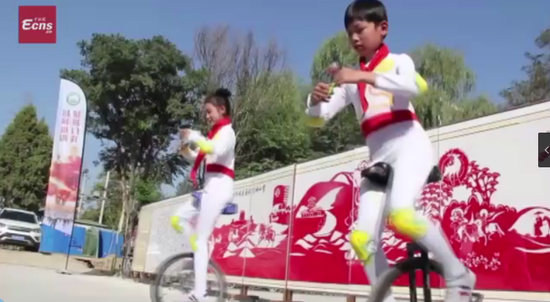What happened in Ukraine shows that color revolutions only lead to political and economic upheaval and even civil wars, said a Russian scholar.
"The main danger of color revolutions is putting a country with all its people and resources under external control," Andrei Manoilo, a professor of political science with Moscow State University, said in a recent interview with Xinhua.
A color revolution, he added, is a political scheme by external forces to intentionally stir up political instability and then bring about a regime change.
The primary tactic is to exert pressure on the governing authorities through political blackmail and instigation of youth protests, said Manoilo, noting that the strategy was applied in Ukraine during the Orange Revolution in 2004-2005 and the Euromaidan protests in 2013-2014.
The professor pointed out that the case of Ukraine shows that a country hit by color revolutions will lose its autonomy and suffer "a systemic plunder of the country" in economic terms.
In addition, color revolutions very often create the ground for civil wars, and those behind the color revolutions can hardly wait to fan the flames, because with that kind of conflict it is much easier for them to control the territory, Manoilo said.
"A civil war means victims, destruction, loss of lives and deaths of children," he said.
Should a color revolution succeed with a coup, puppets would come to power, but that will not be the end of it, added the political expert.
"For a certain period of time, these puppets retain the romantic and revolutionary image of reformers and heroes. But the illusion will be torn into pieces by reality in 3-4 years," Manoilo said.
Then new protesters would rise against them, which could turn into a new color revolution driven by foreign forces, he said, adding that the vicious spiral would weaken and even split the country.
Noting that some foreign forces have been trying to engineer a color revolution in China's Hong Kong, Manoilo said he believes there are two plots at play.
One is to use the Hong Kong situation to undermine China's political stability and exert pressure on Beijing before it holds the final negotiations on a trade deal with the United Sates, he said.
The other, he added, is to practice the color revolution tactics in Hong Kong and later apply them to China's border areas like Xinjiang and Inner Mongolia, so as to make greater trouble for China.
















